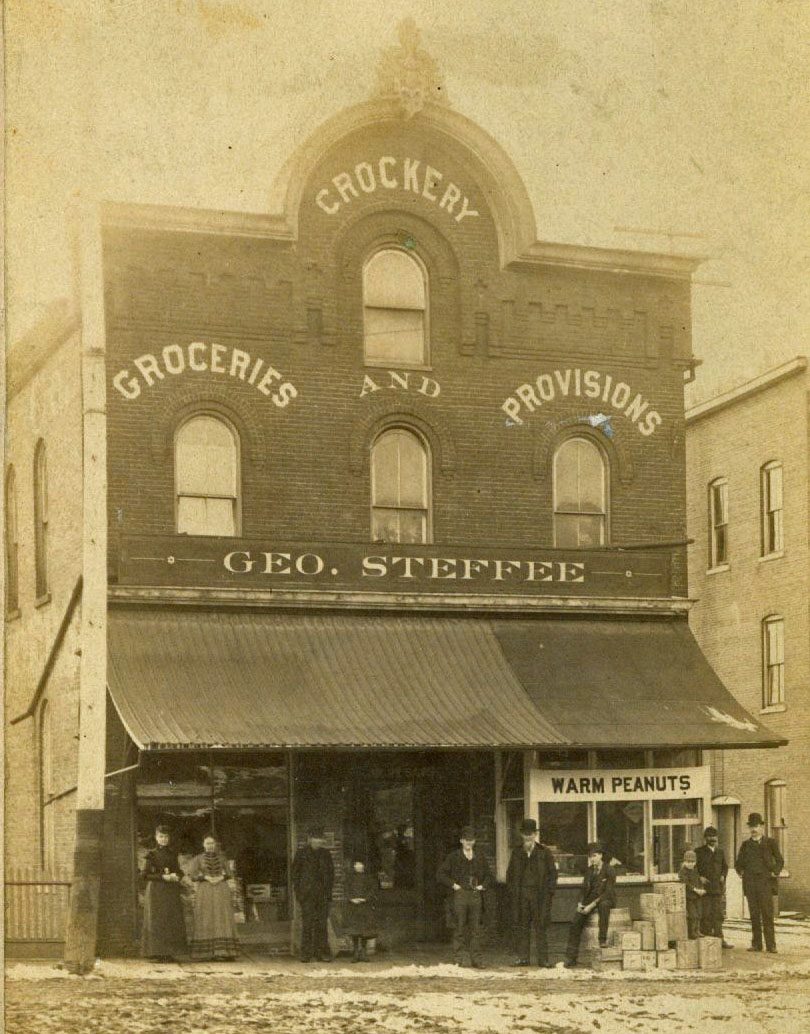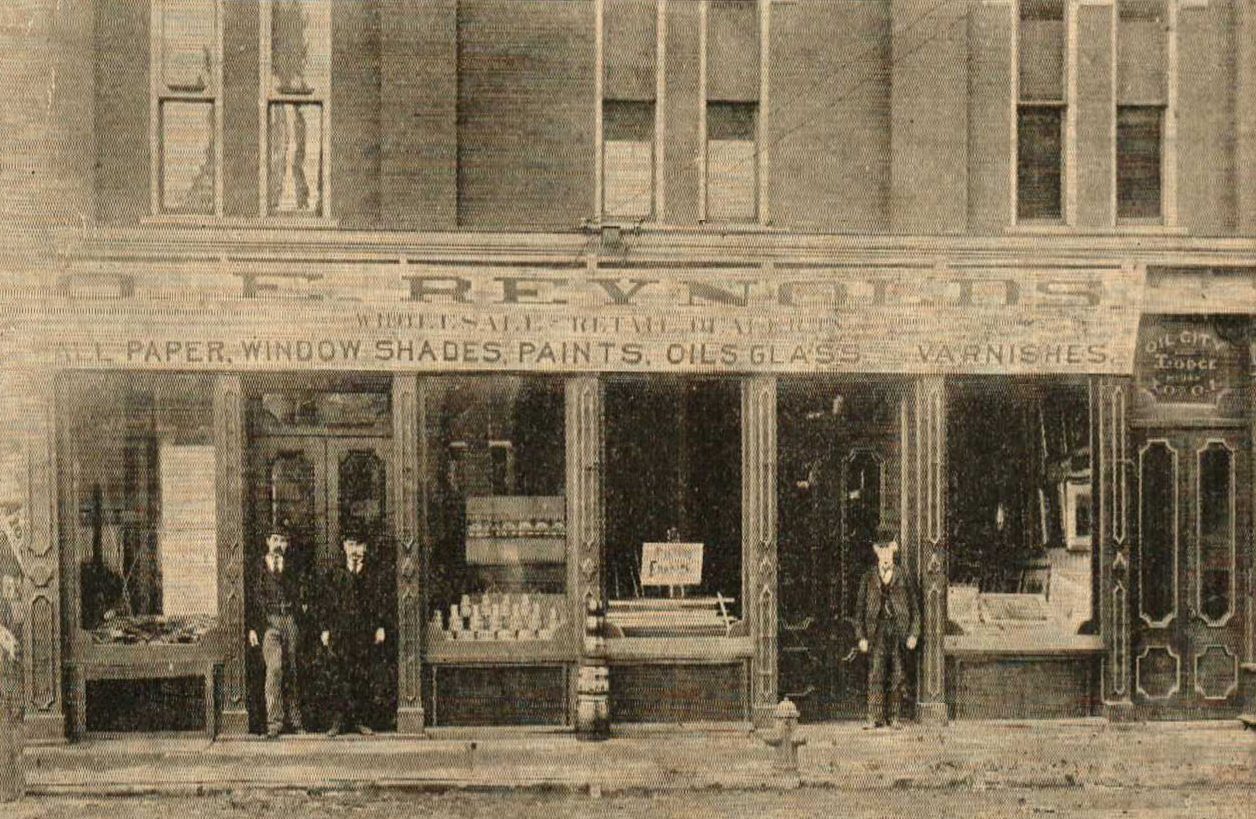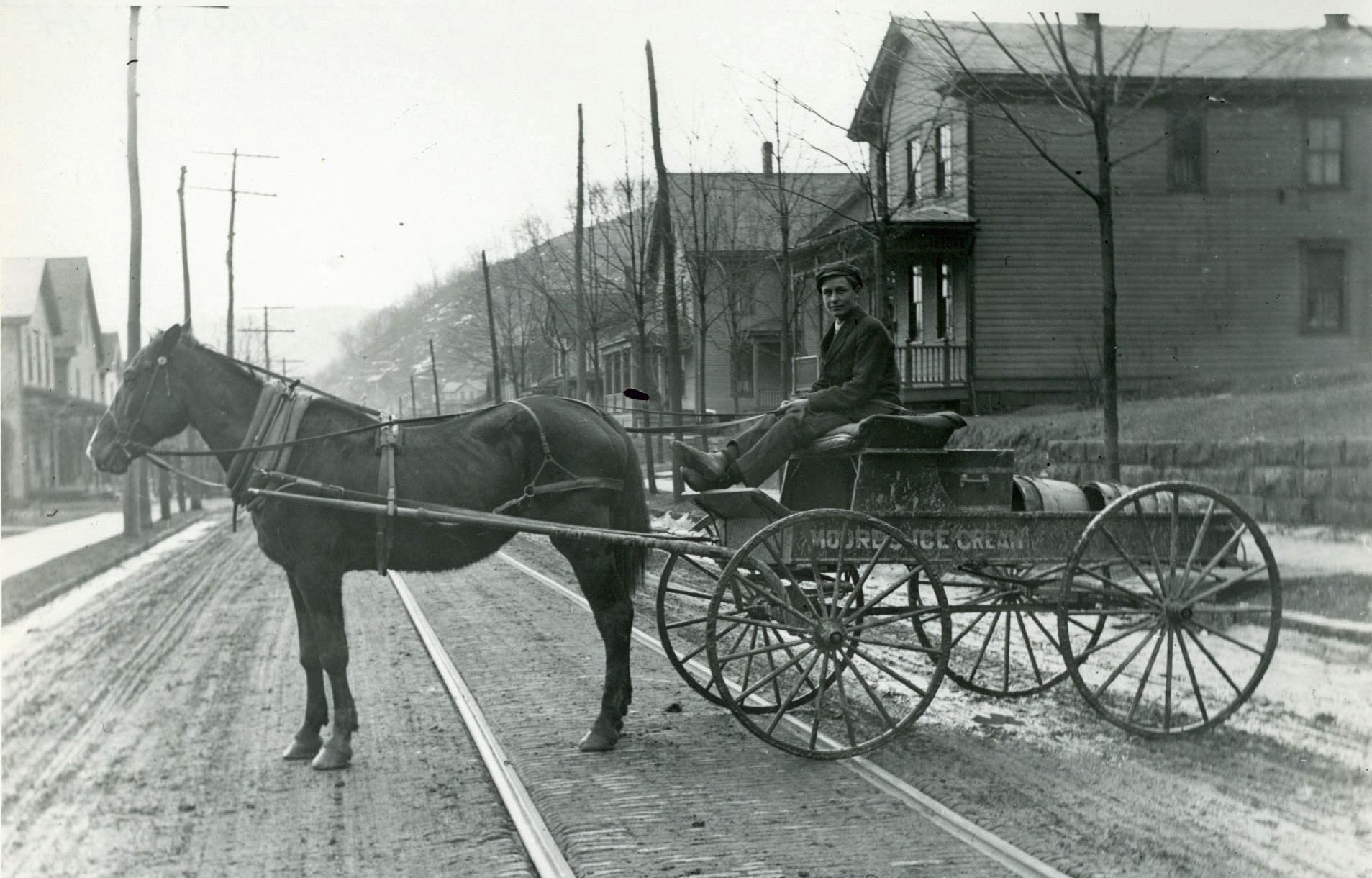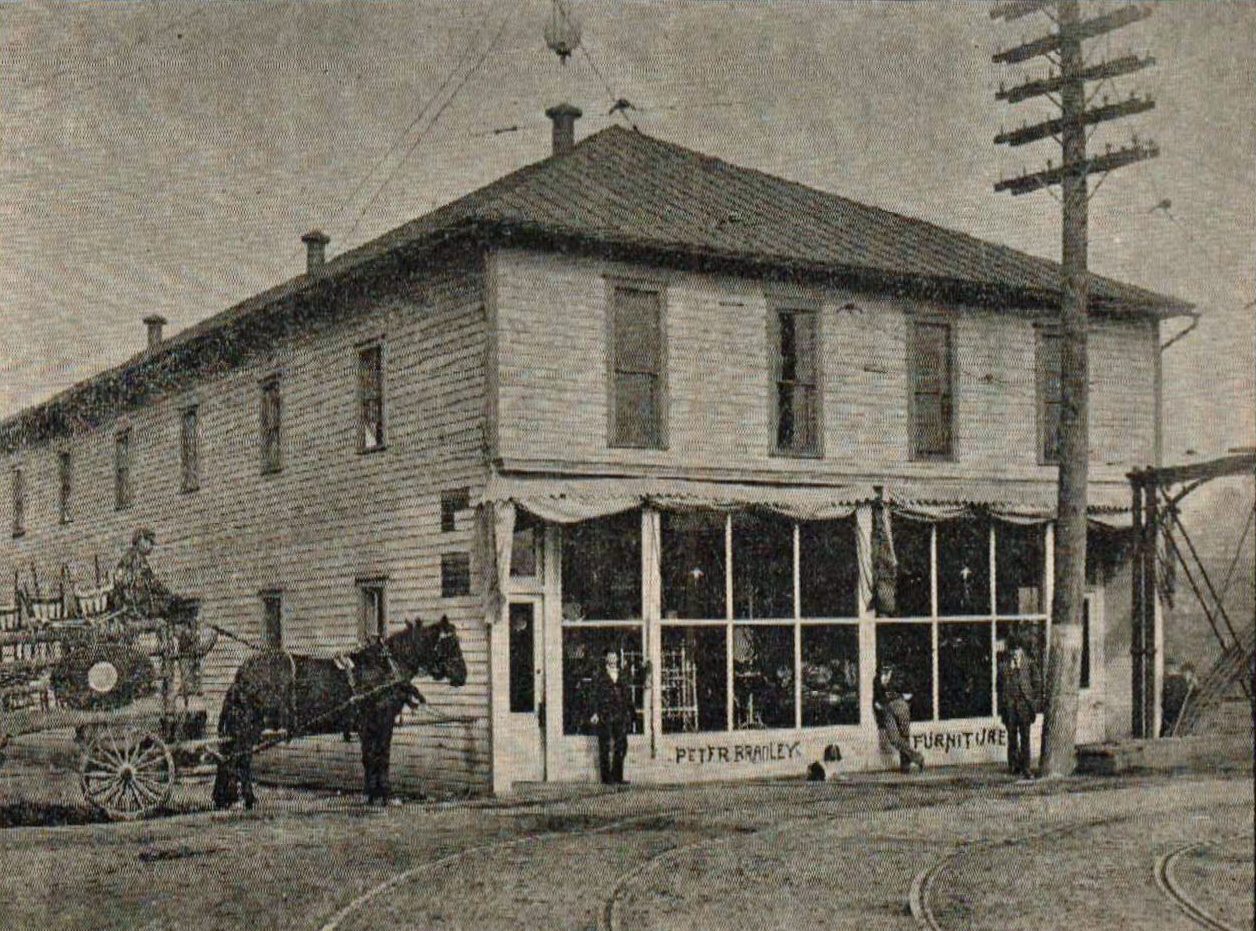Storefronts
- Judy Etzel
- February 18, 2022
- Hidden Heritage
- 4757
The City of Oil City in its early decades was awash with places of business.
There were more than 125 retail operations within the city limits that encompassed both sides of town.
Some proprietors conducted business out of their homes and they were scattered throughout Oil City’s neighborhoods.
Many others boasted their own buildings or leased shop space in prominent sites in the city’s business districts.
A quick look at city directories from 1880 through 1930 shows an extensive listing of small businesses.
As examples, there were 15 hotels or boarding houses, 21 confectionery shops, 7 ice cream parlors, 14 dry good stores, 15 meat markets, 49 grocers, 27 boot and shoe shops, 9 clothiers, 21 paint and wallpaper stores, 8 restaurants, 3 book and stationery stores, 6 bakers and dozens and dozens of barbers, dressmakers, carpenters, blacksmiths and many others.
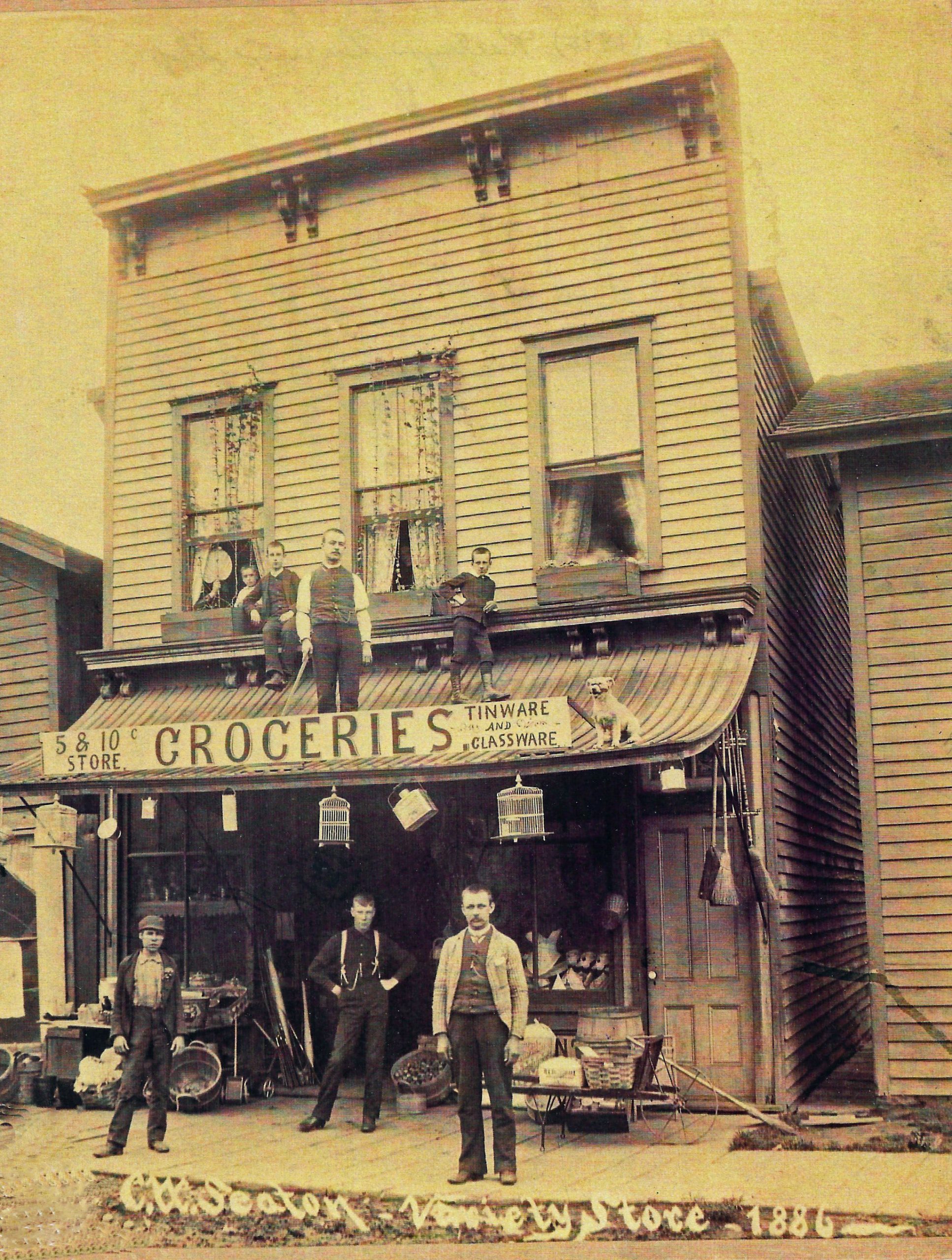
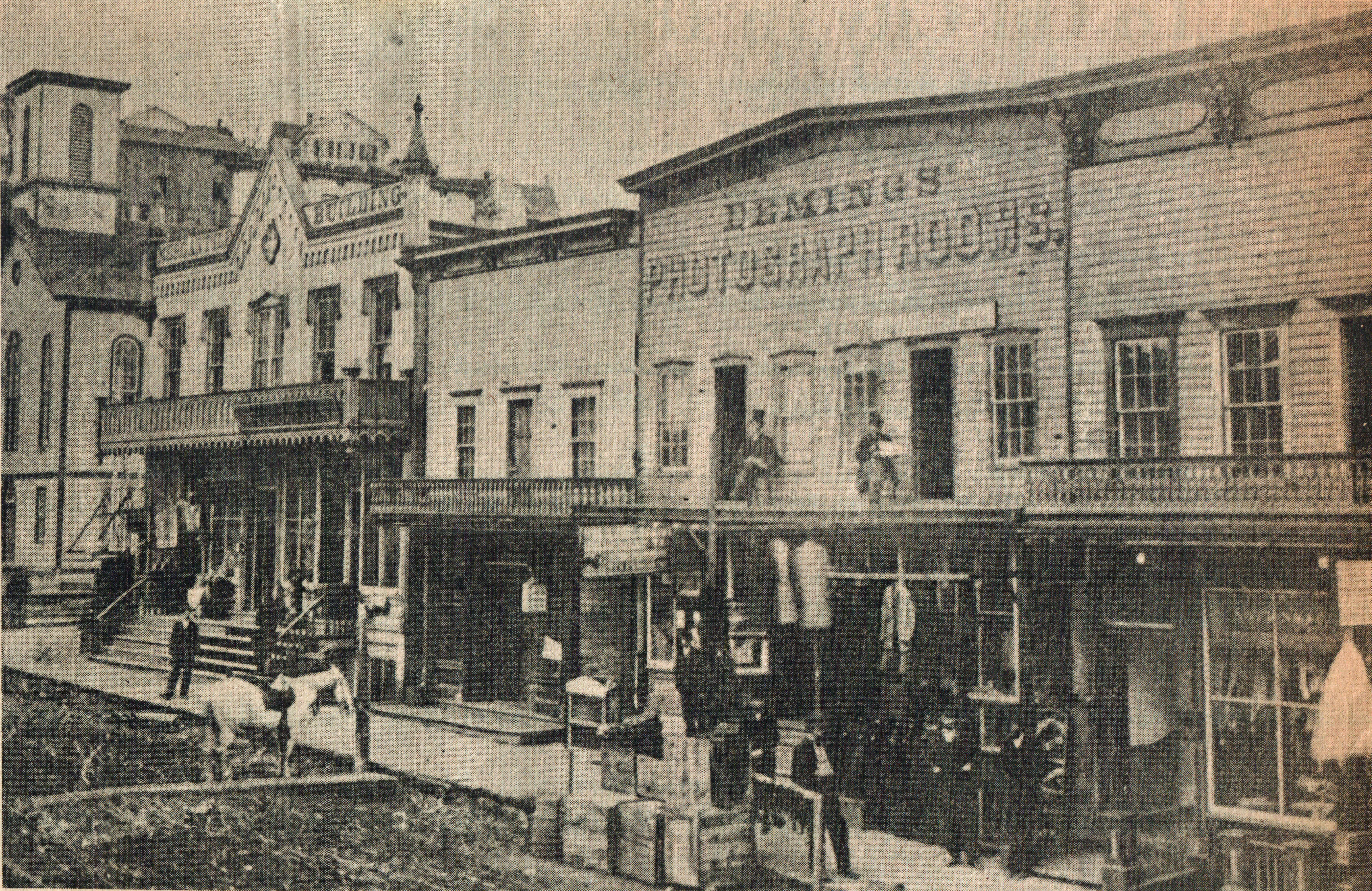
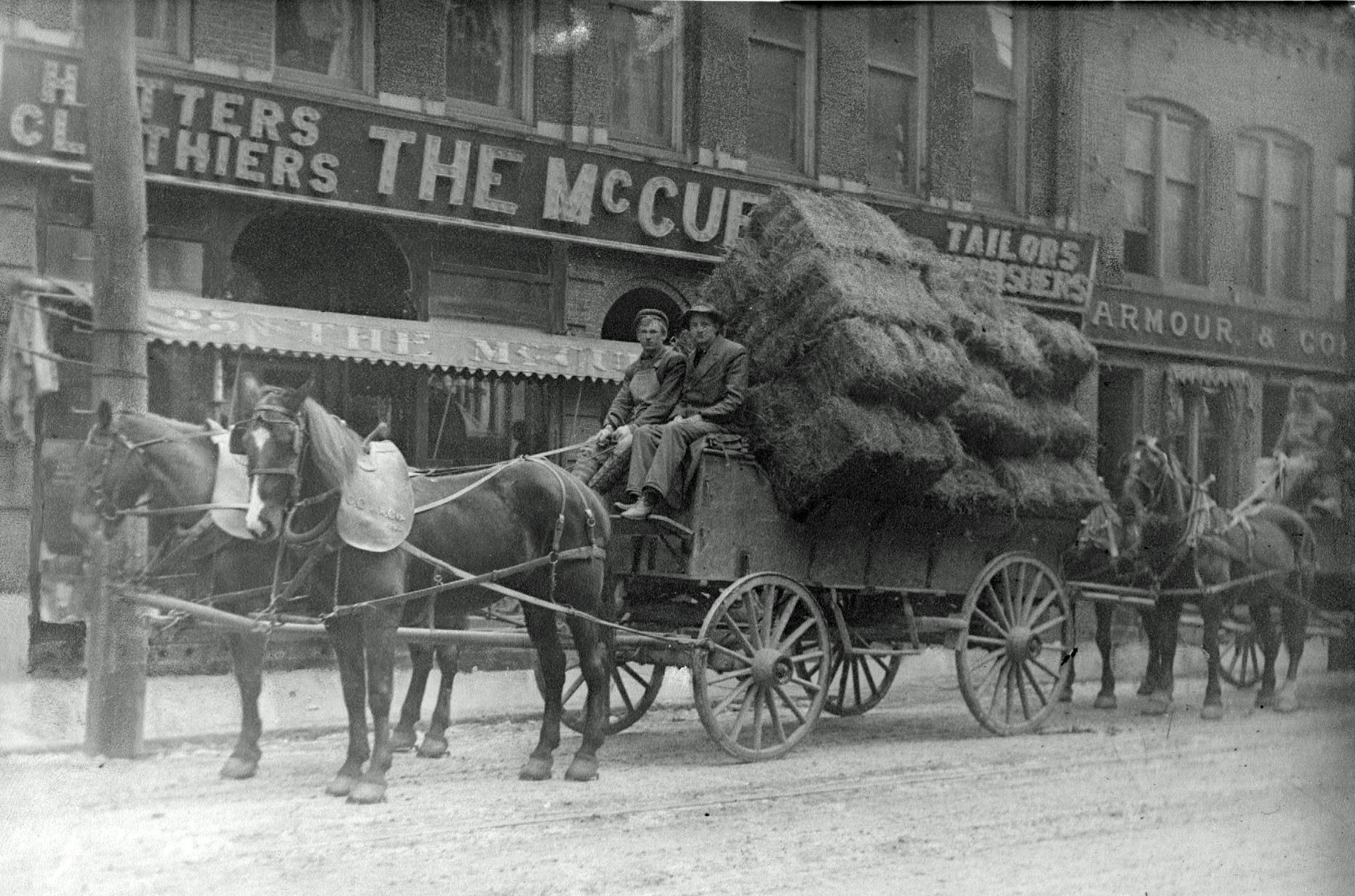
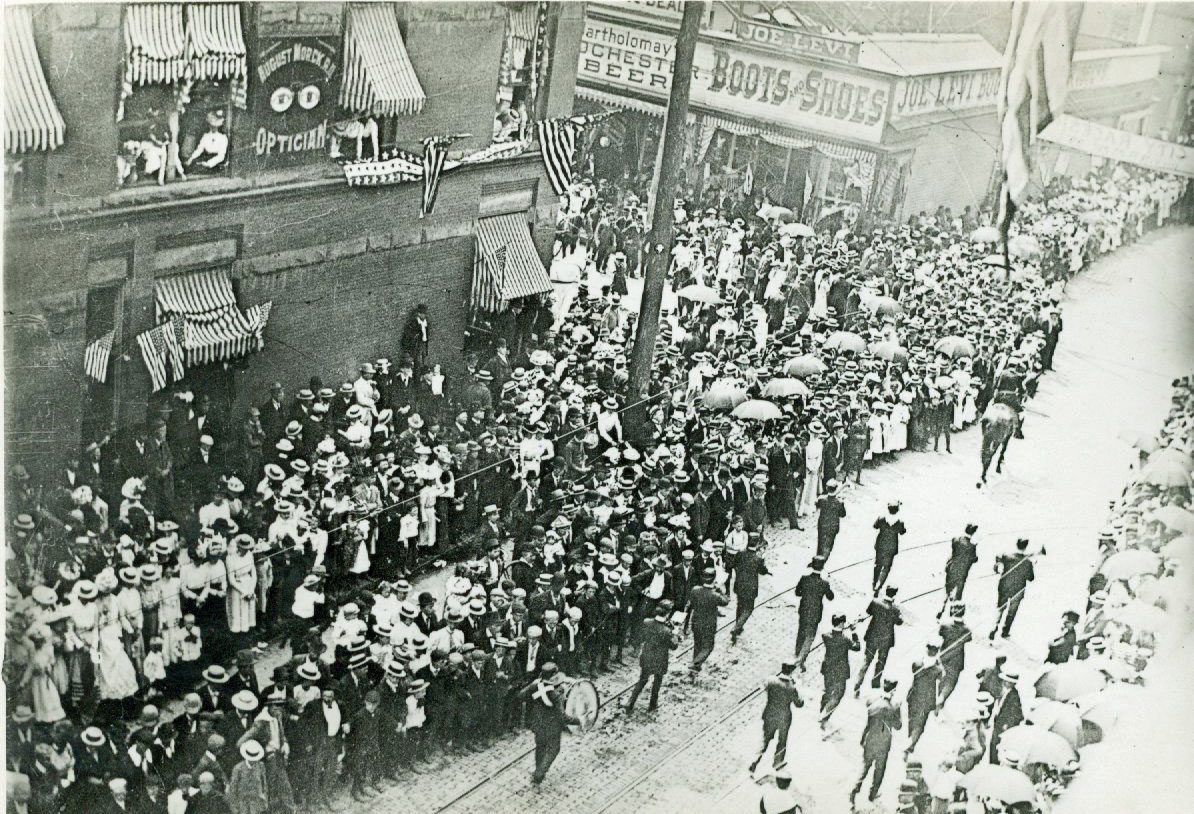

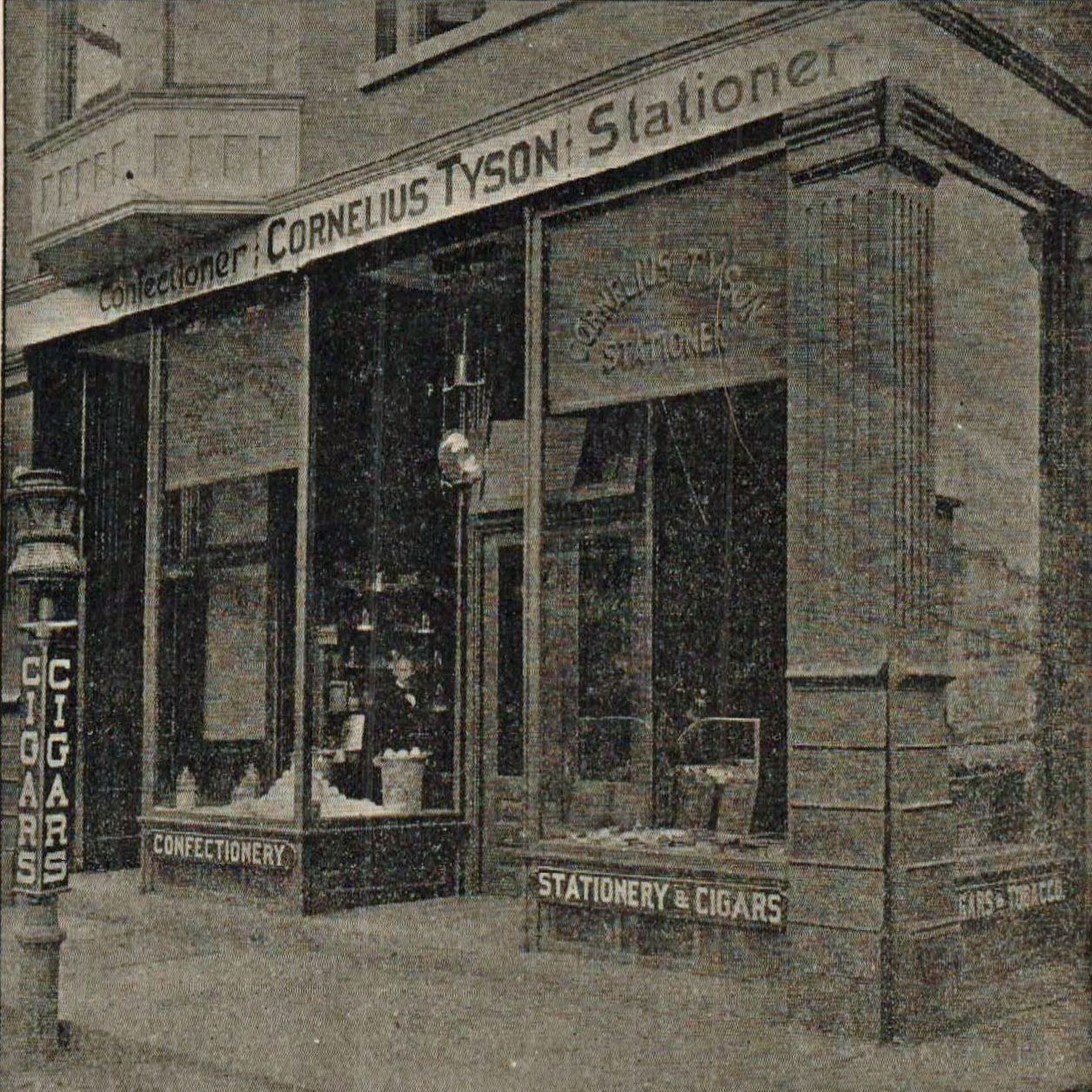
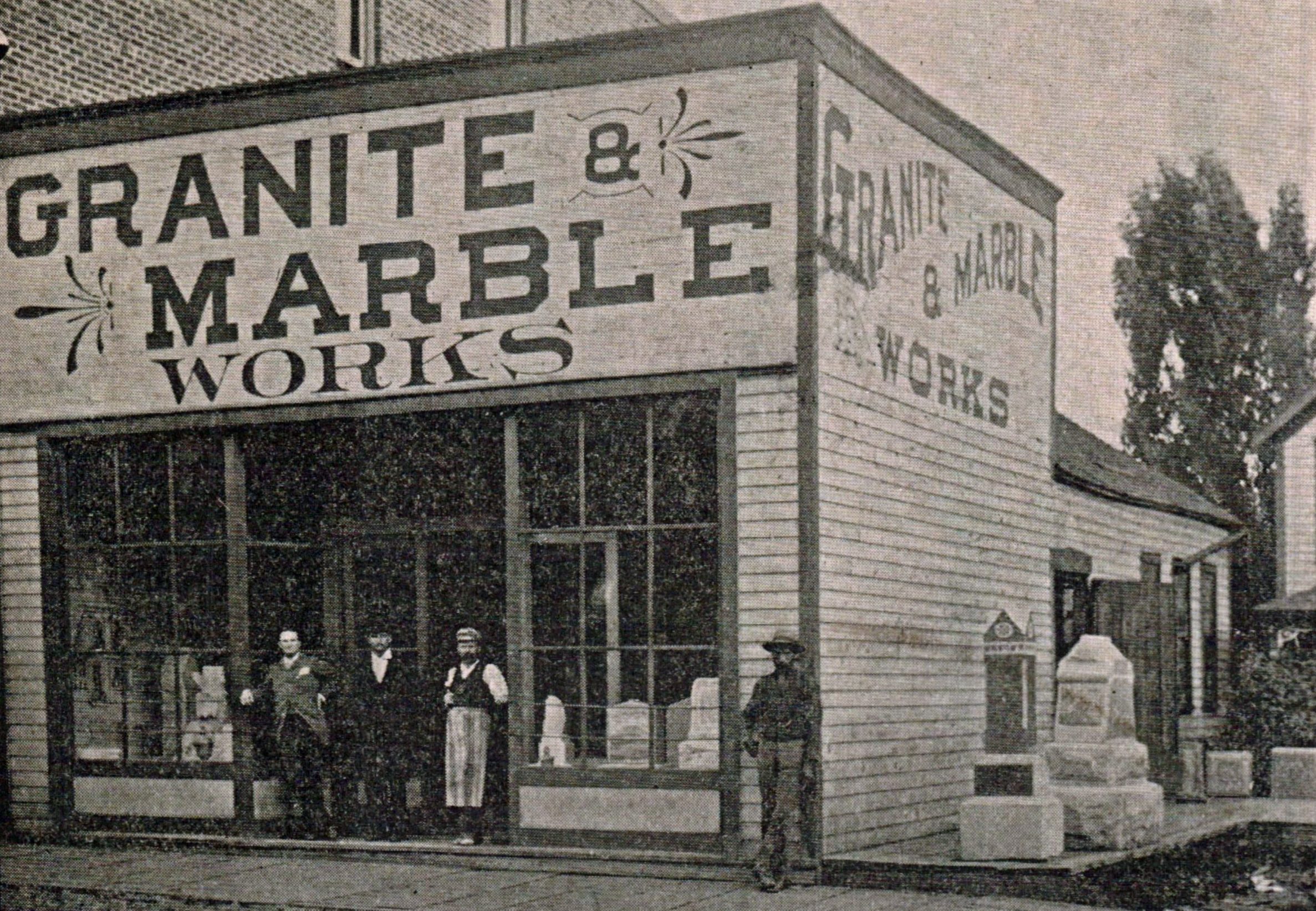
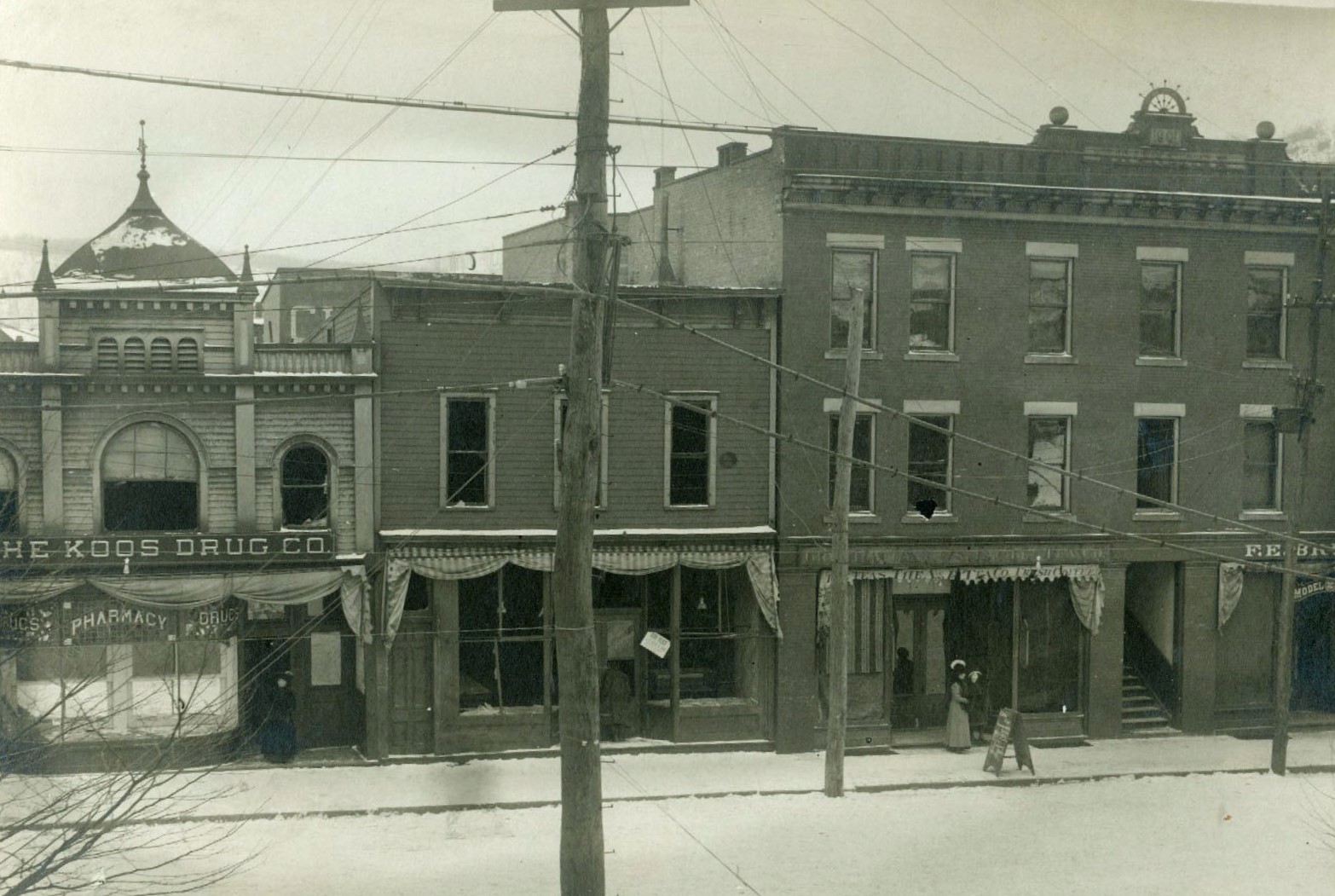
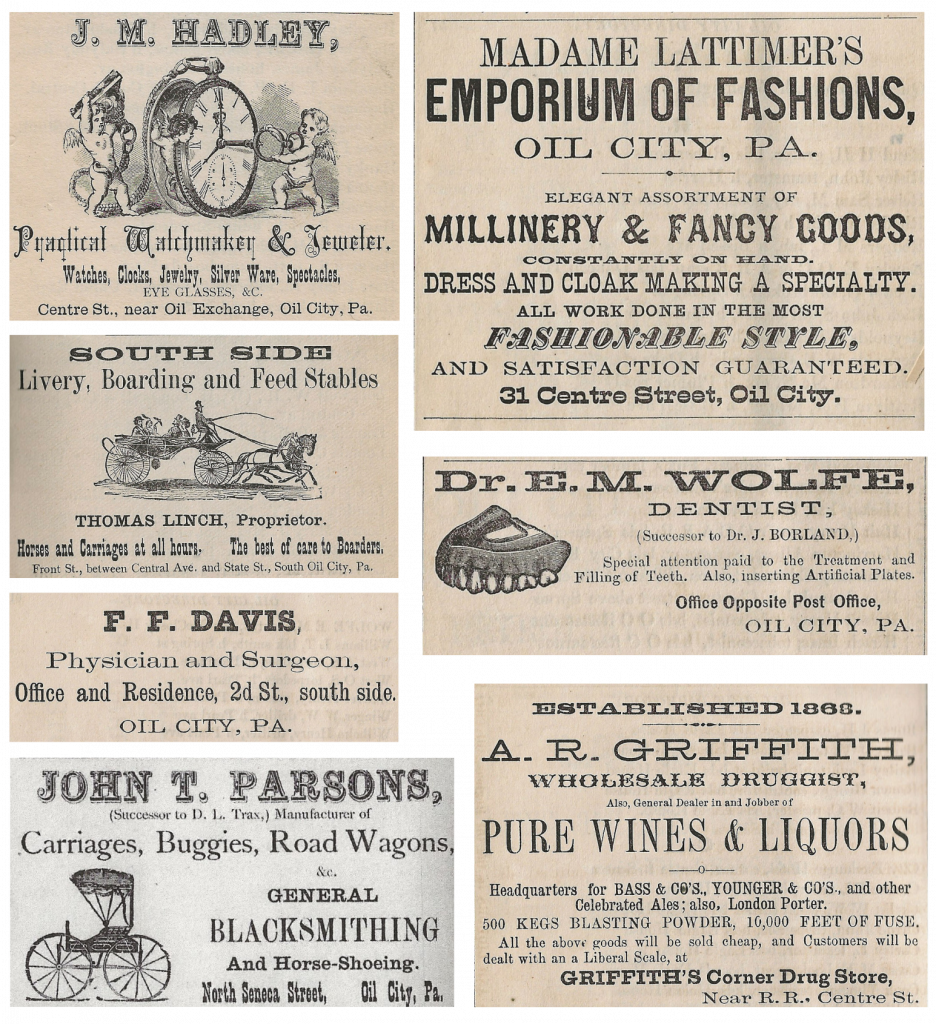
Written by Judy Etzel with research by Kay Dawson and design by Natalie Cubbon.
HIDDEN HERITAGE IS SPONSORED BY:
Oil Region Alliance
Belles Lettres Club of Oil City
Gates & Burns Realty
Support This Project
Donations to the library are appreciated to help offset printing costs & make this project possible! Want to become a sponsor? Email us at promotions@oilregionlibraries.org to get started!
Make a Donation

